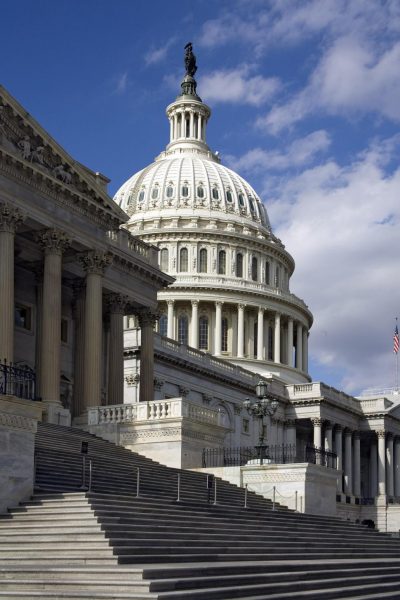The year 2021 was a busy time for water and wastewater regulations. While many small actions were taken, the two main topics were the Lead and Copper (LCR) Rule and perfluorinated alkylated substances (PFAS). These regulatory topics were complex and multifaceted.
Lead and Copper Rule
On January 15, 2021, the U.S. Environmental Protection Agency (USEPA) published a long-awaited update to the LCR, simply called the Lead and Copper Rule Revisions (LCRR). However, shortly after the inauguration of the Biden Administration, the revisions were frozen and placed under additional consideration. It was later decided to delay the compliance date of the revisions to provide another review and public engagement process. The effective date was delayed to December 16, 2021, on which date the USEPA was required to announce any changes
to the revisions.
In the early hours of December 16, the Biden Administration and USEPA expressed dissatisfaction with the LCRR and announced plans to provide a final regulation in the form of the LCR Improvements (LCRI). While previously it was believed there would be little change to the revisions, the announcement indicates all portions of the LCR, except for the lead service lines (LSL) inventory requirement, face potential changes or deletion. The compliance date of October 16th, 2024 for the LSL inventory did not change. The date of October 16th also serves as the deadline for next steps on the LCRI from the USEPA.
The USEPA has stated the goals of the LCRI are:
- 100% LSL replacement as soon as possible
- Greater risk communication with the public concerning lead in drinking water
- Greater focus on the effects of lead on disadvantaged communities
In the meantime, utility management will need to develop LSL inventories, maintain compliance with current LCR requirements, and plan for future regulations and potential changes that may be included in the final version.
USEPA PFAS Taskforce
The new USEPA Administrator Michael Regan announced in April 2021 the creation of a taskforce on PFAS in response to public concern about the compounds. PFAS are a group of man-made chemicals that do not breakdown in the environment. This has resulted in their nickname “Forever Chemicals” in the media. On October 18, 2021, the USEPA announced the PFAS Strategic Roadmap, the main points of which are summarized below:
- Creation of a national PFAS testing strategy
- Designation of PFAS as a hazardous substance under Comprehensive Environmental Response, Compensation, and Liability Act (CERCLA), Resource Conservation and Recovery Act (RCRA), and Toxic Substances Control Act (TSCA)
- Creation of a nationwide drinking water monitoring plan
- Plans to create drinking water rules for Perfluorooctanoic Acid (PFOA) and Perfluorooctane Sulfonate (PFOS), including possible maximum contaminant levels (MCL)
- Complete multiple PFAS toxicity assessments
- Stricter discharge limits imposed for PFAS under industrial and municipal discharge permits
More announcements concerning PFAS are expected in 2022 and 2023. Utilities should be advised that many states already have PFAS regulations or guidelines in place that may be equivalent to or take precedence over the activities planned by USEPA. Utility representatives are encouraged to reach out to AE2S about any questions or concerns surrounding funding, regulation, or expected future actions.

